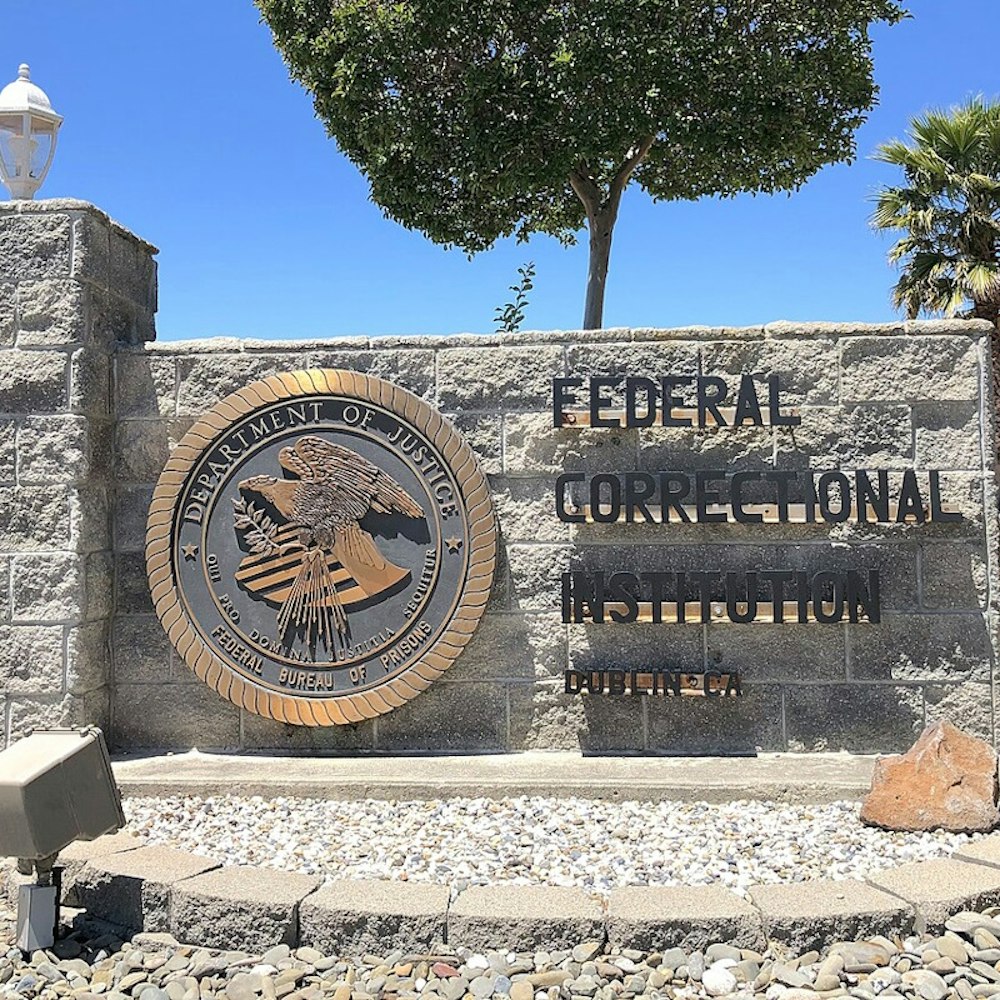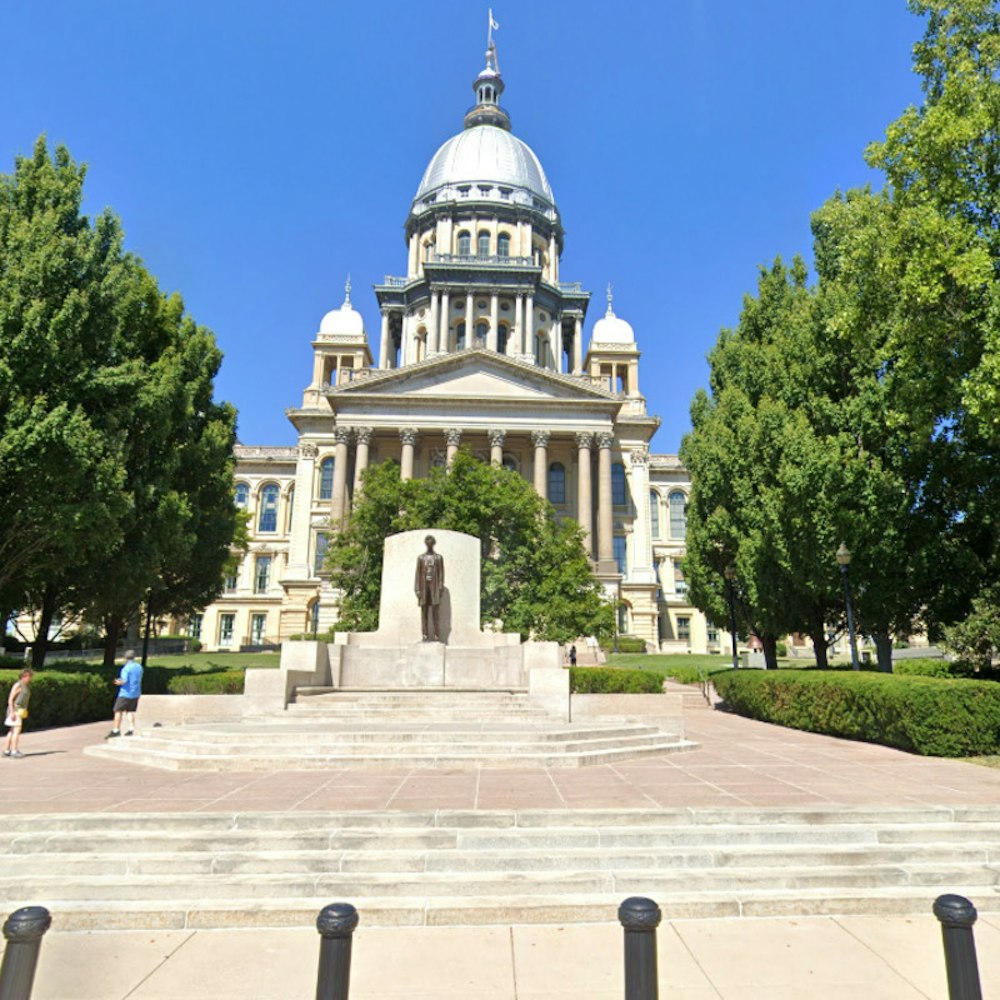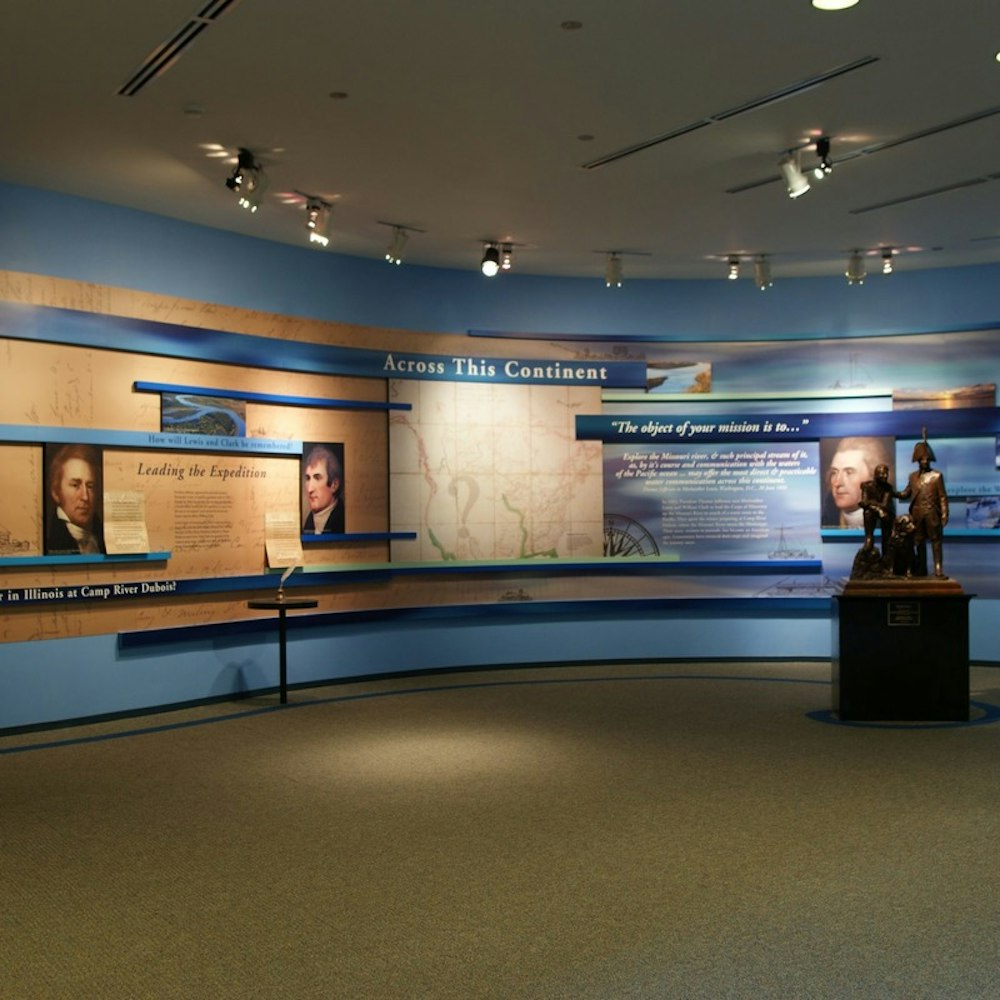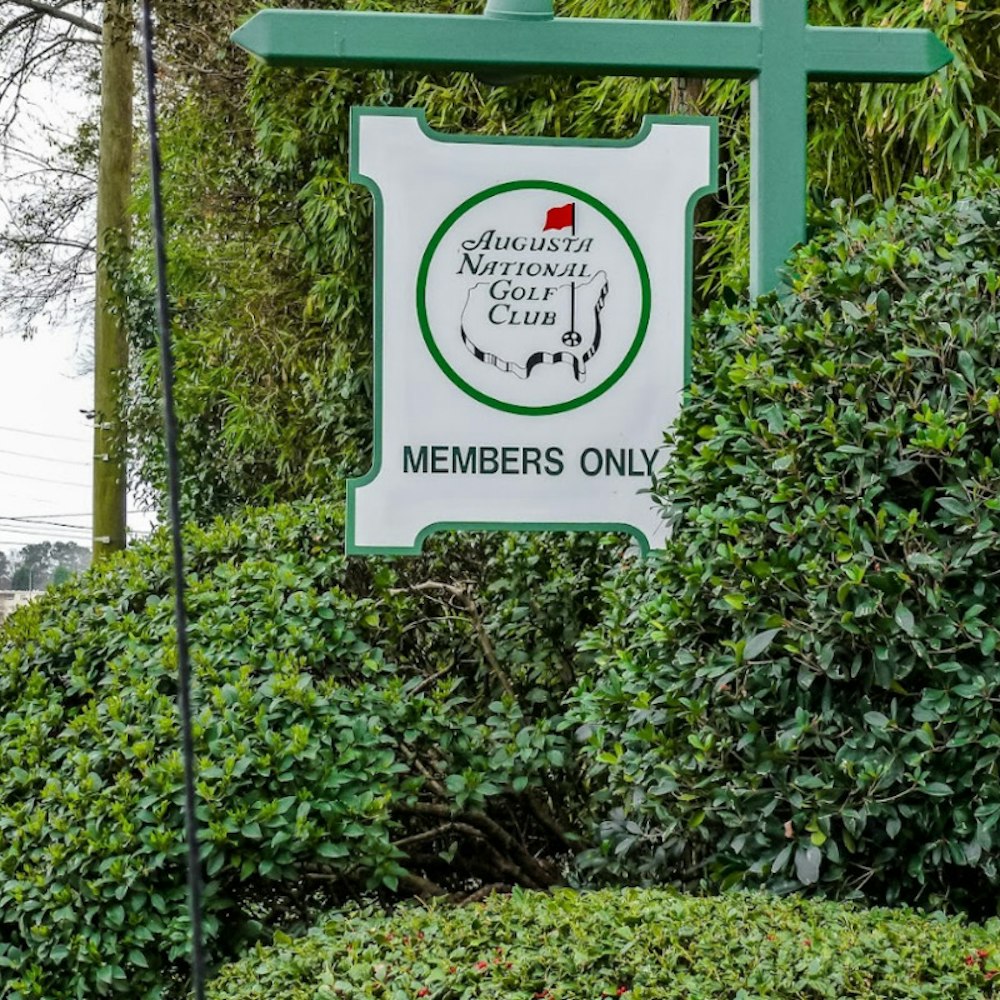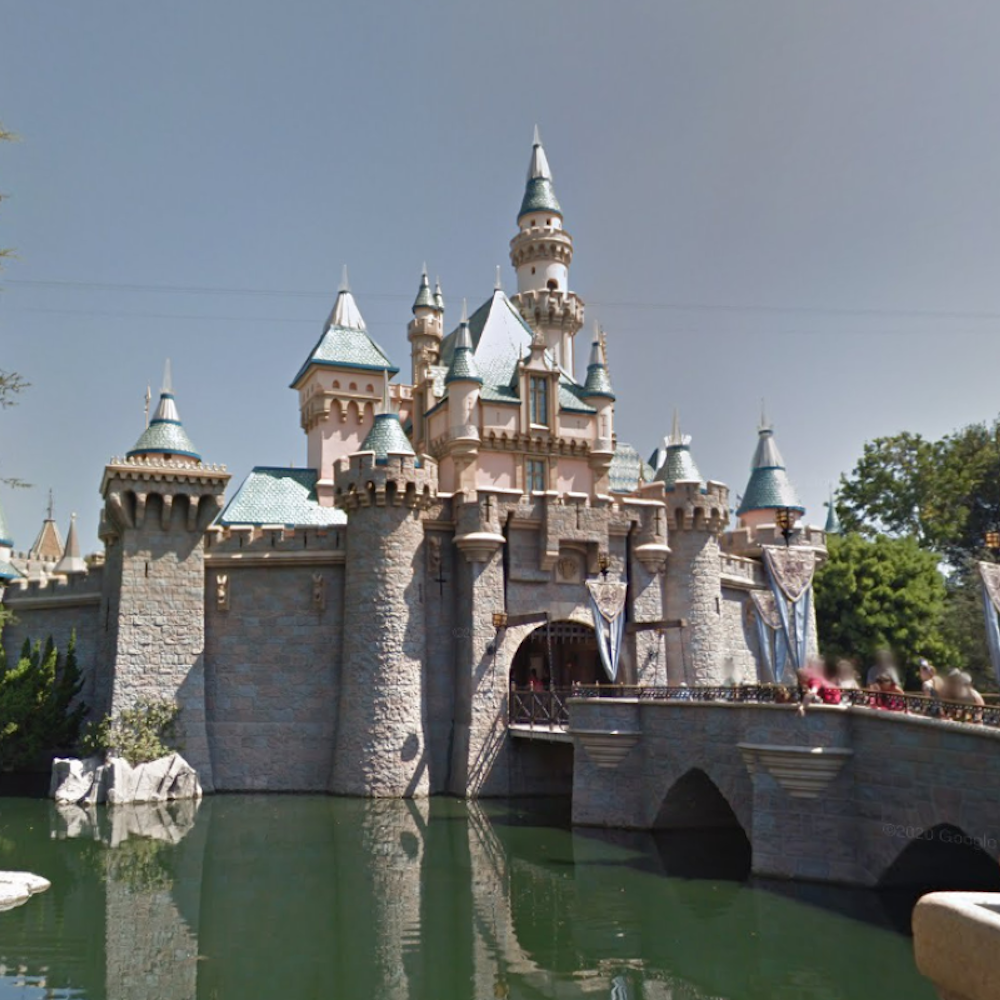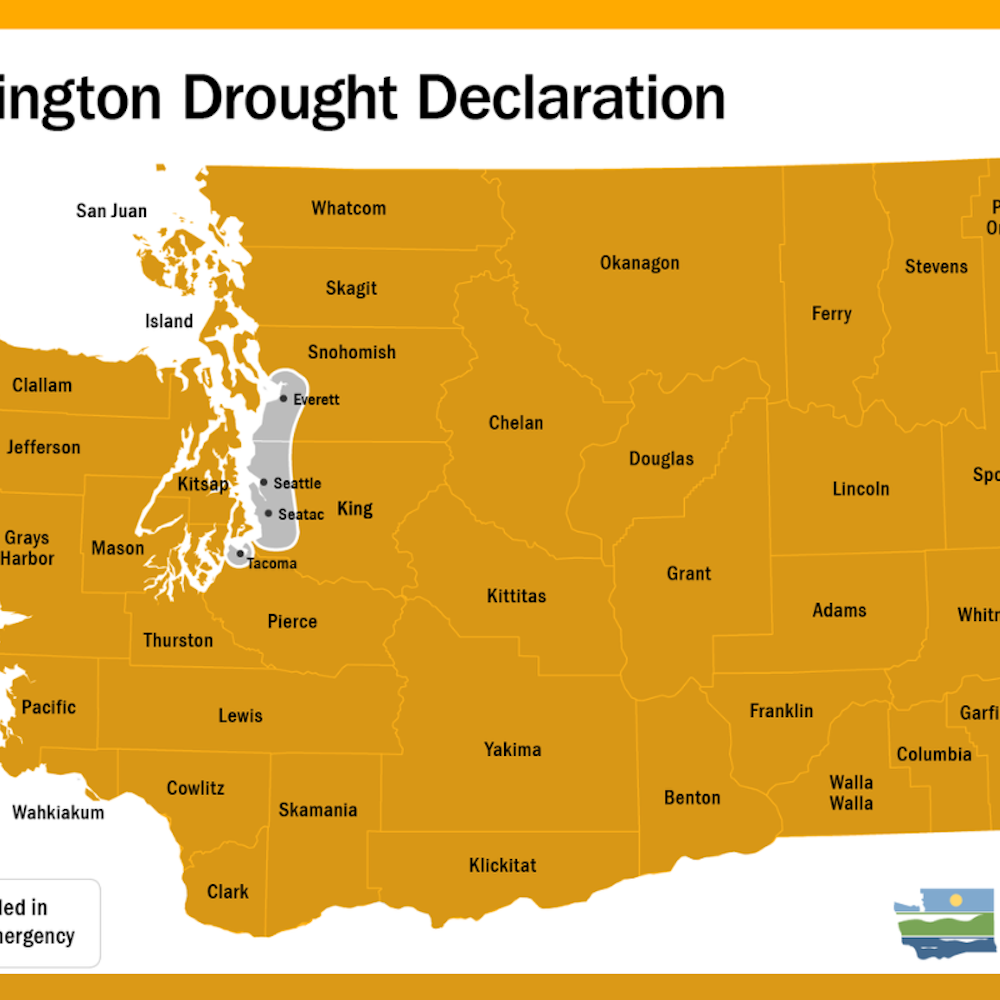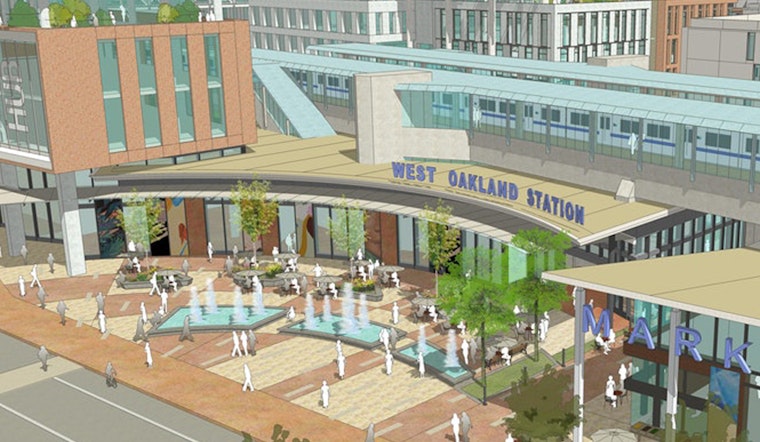
Developers are negotiating with BART over a plan to create space for thousands of office workers at its West Oakland station. New details about the proposal were revealed at a community meeting on Saturday.
The development group, which includes Chinese government-owned China Harbor Engineering Co. and local developer Strategic Urban Development Alliance (SUDA), was granted an exclusive negotiating agreement to develop the lots in 2014.
About 50 members of the public attended a meeting at downtown co-working space Big Oakland for a project update.
One plan under consideration would build two high-rise towers with more than 1.1 million square feet of office space, enough for around 7,600 workers.
The towers would sit on the east side of the station; a development on the west side would include an apartment building and several townhomes with 180 units, plus a 75,800-square-foot retail plaza.

A second option under consideration would add 136,550 square feet of office space—enough for about 900 workers—and 1,275 housing units. Most of the presentation, including video renderings, focused on the plan with more office space.
BART has sought to build near the station for years as part of its transit-oriented development strategy. Other developments in Oakland are already underway, such as projects at MacArthur Station and Oakland Coliseum station.
Those developments primarily consisted of housing, with the MacArthur project creating 675 new apartments, including 112 affordable units, and the Coliseum development adding 110 new workforce apartments.
But the West Oakland developers are considering building much more office space in an effort to attract "reverse commuters." The project's backers filed a pre-application with the city in October 2017 for 1 million square feet of office space and 150 housing units.
BART’s transit-oriented development policy requires that 20 percent of the units be affordable. Regina Davis, a partner with SUDA and 20-year resident of West Oakland, said they are seeking funding from cap and trade funds or Measure A1, a county affordable housing bond measure passed in 2016.
SUDA developer Alan Domes recalled that much of the neighborhood was destroyed when BART built the station and elevated tracks in the early 1970s, pushing out may black residents.
“We want to make sure this project is restorative,” Domes said, despite that “the trains aren’t going to be put underground anytime soon.”
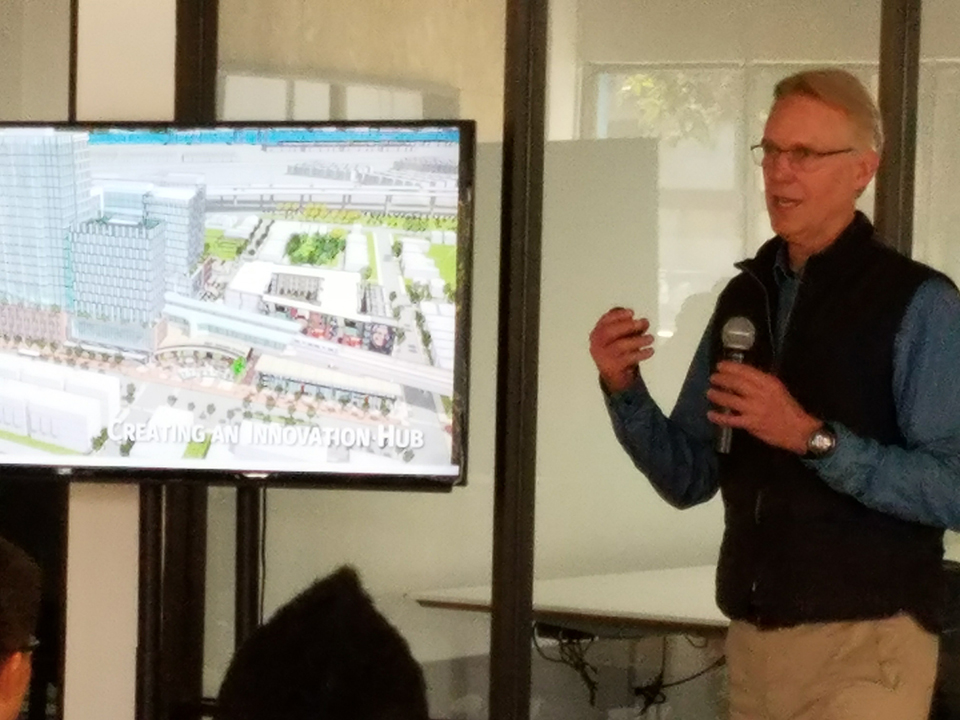
BART Director Lateefah Simon, who lives in West Oakland and whose district includes the station, said she's been meeting weekly with the developers for updates, though she didn't attend Saturday's session.
Although she believes SUDA and China Harbor Engineering Co. are receptive to her concerns, she's seeking assurances that new developments won't displace long-term minority residents and stressed that BART has not received a formal proposal from the developer.
“I've asked for more housing and not only more housing, but I’m going to be advocating to the BART board that that 20 percent of affordable housing is not enough,” she said.
According to Simon, BART has discussed the possibility of being the master tenant in a new office development at West Oakland Station.
